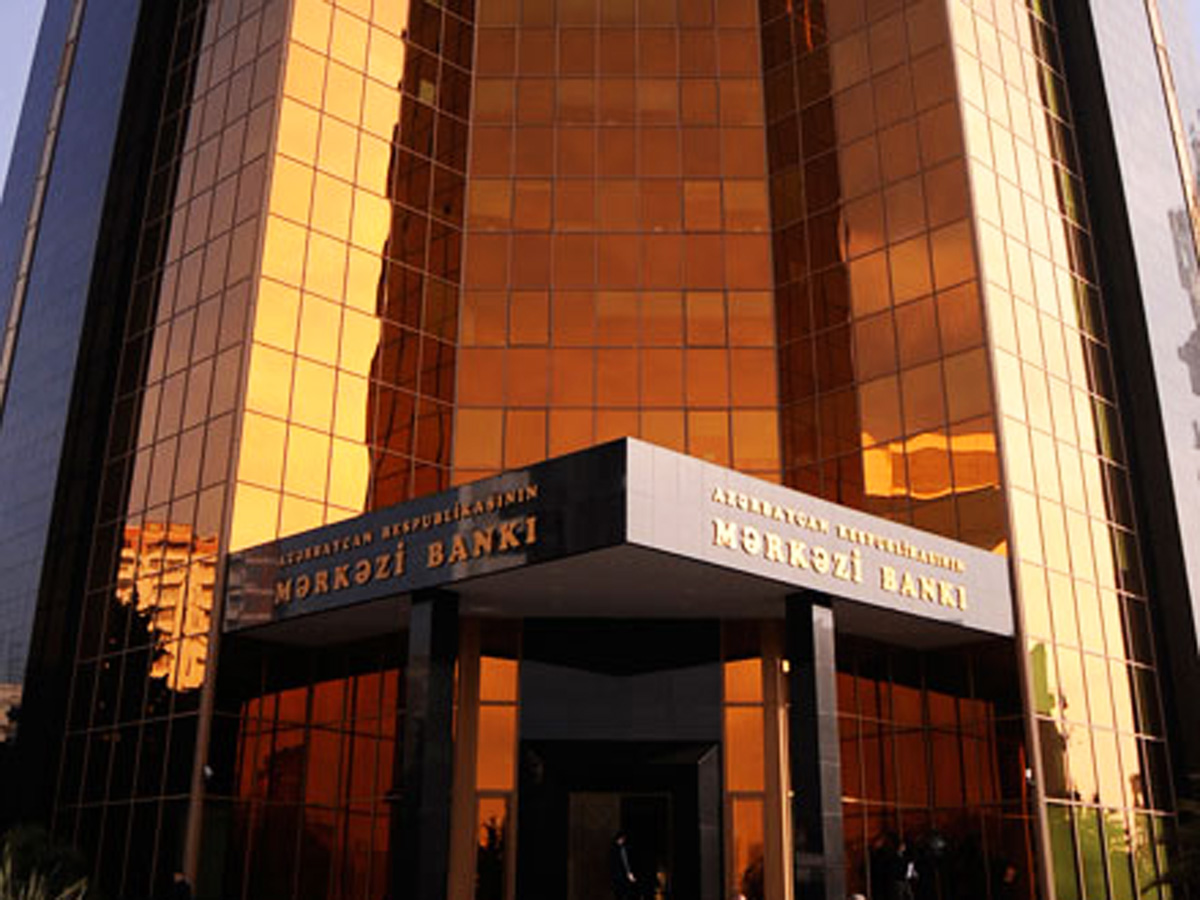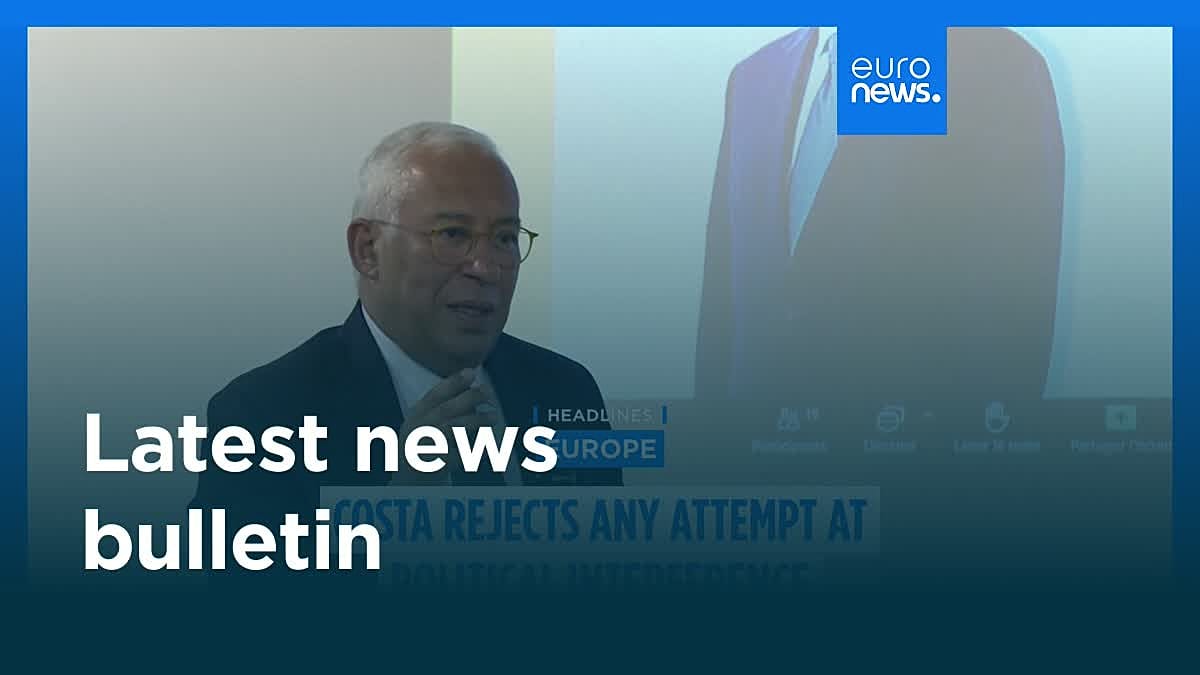JPMorgan Targets German Retail Banking With Chase Expansion


JPMorgan is preparing to expand its European retail ambitions by launching its Chase digital bank in Germany — a strategic move that positions the US lender to compete directly with established domestic giants and fast-growing fintechs in Europe’s largest economy.
The move marks the next stage in JPMorgan’s gradual rollout of Chase across Europe, following its entry into the UK market in 2021. While the bank has long dominated global investment and corporate banking, the push into German retail finance reflects a deliberate attempt to broaden its footprint and capture a share of Europe’s most valuable consumer market.
A Digital Offensive in a Conservative Market
Germany’s retail banking sector has historically been dominated by large savings and cooperative banks, whose customer bases are deeply entrenched and regionally loyal. Yet the digital revolution in financial services has begun to erode those traditional advantages. Consumers, particularly younger demographics, are increasingly seeking mobile-first, fee-light banking experiences that combine security with technology-led convenience.
JPMorgan’s entry through Chase is designed to appeal to precisely that segment. The US group intends to offer a streamlined digital account with built-in savings features, modernised payment tools, and a user experience rooted in data-driven personalisation. By leveraging its global scale and technology platform, the bank aims to differentiate itself from Germany’s legacy institutions — many of which are still weighed down by complex IT infrastructure and conservative service models.
In an economy where retail margins are thin and consumer expectations are rising, JPMorgan’s strategy relies on efficiency, trust, and a brand already associated with stability. For the bank, Germany represents both opportunity and test: the potential to demonstrate that a global lender can localise effectively in a market where customers remain cautious about purely digital entrants.
Building on the UK Blueprint
The German launch builds on lessons learned from Chase’s success in the United Kingdom, where the platform has attracted several million customers in just a few years. There, the model combines a sleek app interface with competitive interest rates and a straightforward product offering — current accounts, savings, and credit cards — supported by 24-hour customer service.
JPMorgan executives believe the formula can be replicated, with local adaptations, in continental Europe. Germany’s deep savings culture and preference for cashless payments align with Chase’s value proposition: a secure, low-cost digital bank backed by one of the world’s strongest balance sheets.
Behind the scenes, the expansion has been facilitated by JPMorgan’s European headquarters in Frankfurt, which already serves as the base for its investment banking operations. Integrating retail functions into that ecosystem allows Chase to operate under a single European framework while tailoring products and marketing to local consumer expectations.
The initiative also positions the US lender to take advantage of regulatory changes that have made pan-European digital banking more feasible. New harmonised rules for payment services and cross-border account portability have lowered barriers to entry for foreign players, particularly those with the technology to scale rapidly across markets.
A Strategic Bet on Scale
For JPMorgan, the retail expansion is about more than deposits or transaction volumes. The long-term goal is to build a platform capable of connecting consumers across Europe to the bank’s wider suite of products — from investment and insurance services to global payments and credit.
In an era when consumer finance is becoming increasingly data-driven, access to granular customer information offers a strategic edge. By operating under the Chase brand, JPMorgan can combine global financial infrastructure with local customer insight, creating what executives describe as a “digital ecosystem” rather than a conventional branch network.
The challenge will be convincing German consumers to trust an entirely app-based model in a market where relationships and physical presence still matter. JPMorgan is betting that its brand reputation and financial strength will offset that hesitation, and that younger consumers — many already comfortable with neobanks like N26 or Revolut — will embrace a global brand offering similar convenience with greater perceived safety.
Competition in a Crowded Field
The German banking market is among Europe’s most competitive. Domestic giants such as Deutsche Bank and Commerzbank remain strong despite years of restructuring, while regional savings banks (Sparkassen) and cooperative lenders (Volksbanken) maintain deep community ties. In parallel, digital challengers have proliferated, each vying for the same mobile-first customer base JPMorgan now targets.
To succeed, Chase will need to strike a balance between innovation and credibility. Pricing will be critical — particularly in an environment where consumers are sensitive to fees but equally attentive to security and service quality. JPMorgan’s ability to cross-subsidise retail growth through its broader European operations could give it a significant advantage over smaller fintech competitors reliant on venture funding.
If successful, Chase’s expansion could alter the competitive landscape, pressuring incumbents to accelerate their own digital transformations and setting a precedent for further transatlantic competition in Europe’s retail finance sector.
The Long Game
JPMorgan’s German debut reflects a broader recalibration of global banking strategy. As profits from investment banking fluctuate and corporate clients demand more integrated digital services, large institutions are rediscovering the value of retail stability. Consumer deposits offer a cheap, sticky funding base; digital channels provide scalable reach.
For the bank’s leadership, Europe remains central to its growth narrative. Germany, with its robust economy, high savings rate, and technology-savvy consumers, offers the ideal test case for Chase’s next phase.
Success will not come overnight. It requires building trust, achieving scale, and navigating one of the world’s most demanding regulatory environments. But for JPMorgan, the calculus is clear: to remain at the front rank of global finance, it must also become a player in the daily financial lives of European consumers.
The launch of Chase in Germany marks not only an expansion of geography but an evolution of ambition — from Wall Street dominance to Main Street presence.
The post JPMorgan Targets German Retail Banking With Chase Expansion appeared first on European Business & Finance Magazine.














































